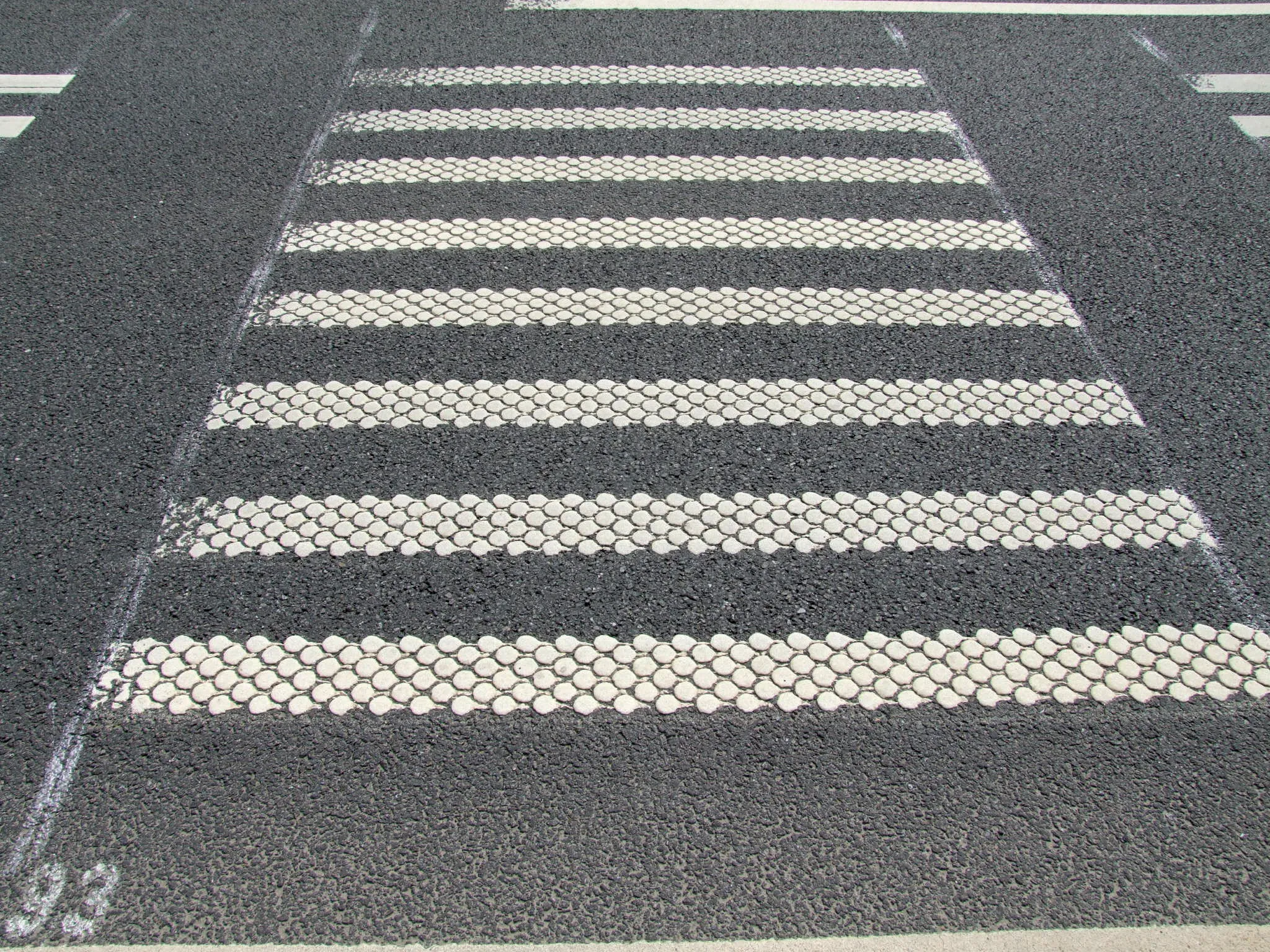Regular readers of this page in World Highways will be familiar with a South Korean market trader who has clocked a record number of attempts at passing a driving test. The woman has finally passed after 950 attempts, having taken the written exam on a near-daily basis since April 2005. Although this written test requires a 60% pass mark she had repeatedly scored 30-50%. However, the 68 year old grandmother still needs to get behind the wheel to pass the practical portion of the test before being allowed a
February 22, 2012
Read time: 2 mins

Regular readers of this page in World Highways will be familiar with a South Korean market trader who has clocked a record number of attempts at passing a driving test. The woman has finally passed after 950 attempts, having taken the written exam on a near-daily basis since April 2005. Although this written test requires a 60% pass mark she had repeatedly scored 30-50%. However, the 68 year old grandmother still needs to get behind the wheel to pass the practical portion of the test before being allowed a licence. Meanwhile in the UK a bungling leaner driver managed to turn her instructor's car onto its roof. This was only the second time the woman had taken a driving lesson. She unfortunately clipped a gatepost resulting in the Fiat 500 turning over. Neither the woman nor the instructor were seriously injured in the incident, suffering only cuts to their hands and elbows. The instructor has been unruffled by the incident and has taken charge of a new vehicle while the woman is continuing with her lessons.








